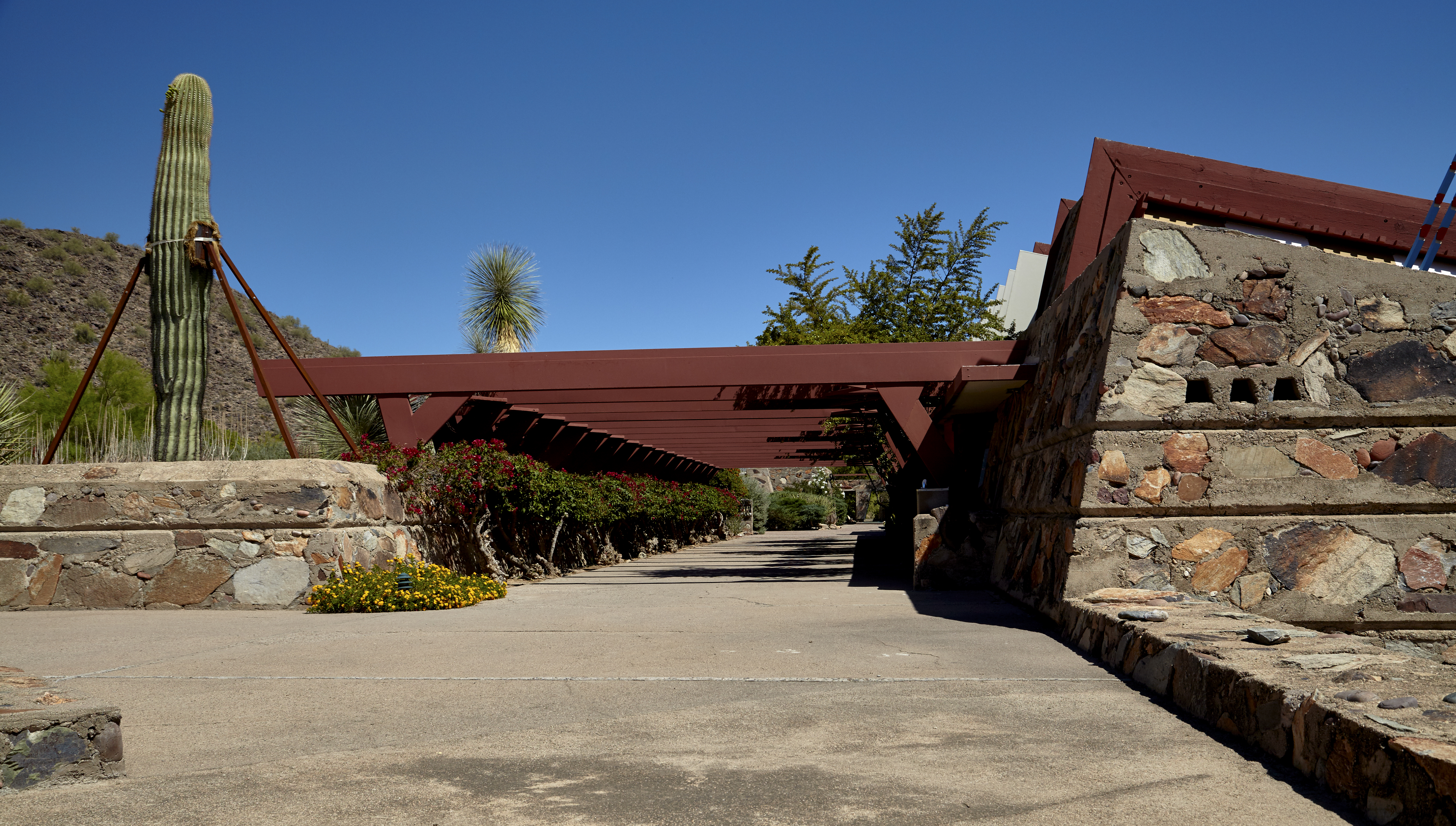You have /5 articles left.
Sign up for a free account or log in.
The School of Architecture at Taliesin plans to close at the end of the semester after failing to reach an agreement with the Frank Lloyd Wright Foundation that could have given it a path to continuing operation as an unaccredited institution.
Board members decided Jan. 25 to close the school, which used to be named the Frank Lloyd Wright School of Architecture. They announced the decision days later, saying the move came after the school was not able to reach an agreement with the Frank Lloyd Wright Foundation, from which the school is separate.
“It breaks my heart that all the parties could not come together to ensure the proper legacy of this great American,” Jacki Lynn, a board member for the school, said in a statement.
 The foundation described discussions between the two entities in its own news release. The school’s leaders told the foundation that the school didn’t have a sustainable business model that would allow it to continue operating as an accredited program, it said. The two organizations developed a proposal to continue operating the school during a transition period lasting through July 2021. They would have attempted to develop programs not requiring accreditation.
The foundation described discussions between the two entities in its own news release. The school’s leaders told the foundation that the school didn’t have a sustainable business model that would allow it to continue operating as an accredited program, it said. The two organizations developed a proposal to continue operating the school during a transition period lasting through July 2021. They would have attempted to develop programs not requiring accreditation.
“The Foundation had reached an agreement with the leaders of the SoAT Board that would have allowed for second- and third-year students to complete their education at Taliesin and Taliesin West, and we are disappointed that it was not approved by the full SoAT Board,” said Stuart Graff, president and CEO of the foundation, in a statement. “We continue to stand ready to assist in making sure that this change occurs in the best interests of the students.”
About 30 students are enrolled at the school, which is negotiating an agreement for student credit transfer and degree completion with Arizona State University’s Herberger Institute for Design and the Arts.
Architect Frank Lloyd Wright founded the school in 1932. It was renamed in 2017, to create what school leaders at the time called a “new relationship with the Foundation and our accreditors” providing an opportunity to “closely examine who we are as a school and how to best position ourselves.”
Foundation leaders now plan to increase educational programming for professionals and in the K-12 and adult spaces.




